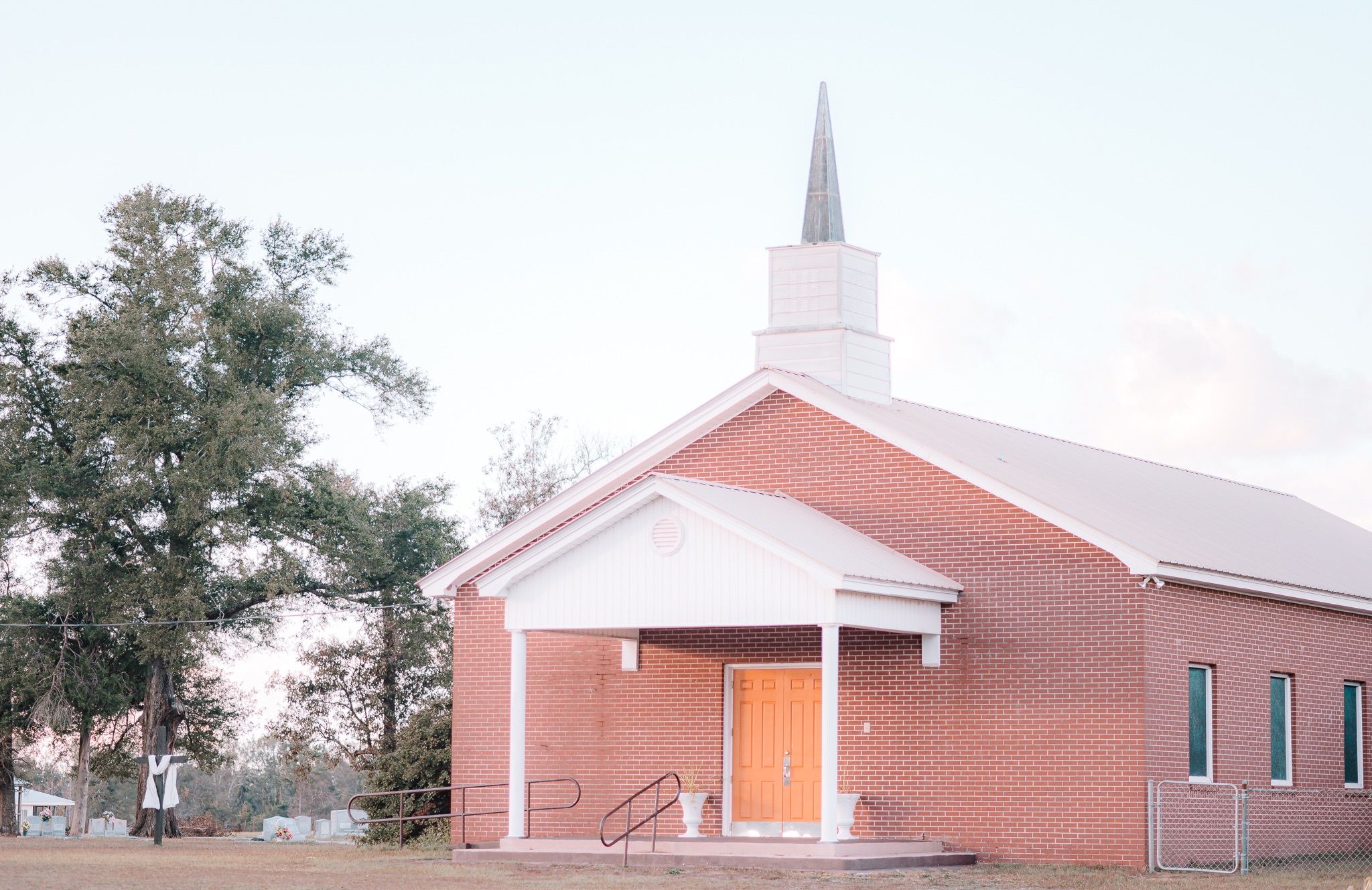The Battle for Church Health
The Joyful Toil
As a Pastor or Leader, there is nothing you want more than for your church to be a healthy church. To that end, you strive with the love of Christ, doing all you can in your church for the glory of God. The words of Paul in Colossians echo in your life and ministry:
“Him we proclaim, warning everyone and teaching everyone with all wisdom, that we may present everyone mature in Christ. For this I toil, struggling with all his energy that he powerfully works within me.” Colossians 1:28-29
In a perfect world, following Christ would be effortless. We would run this race with no hindrance, nothing trapping our feet, and no obstacle in our way. However, we live in a world that is marred and broken in sin, and as a result, we have countless obstacles. Sometimes those obstacles have to do with brokenness in our world. But most of the time, the “obstacles” that stand in the way to church health happen to be sinful behavior in people.
Please hear me, I am not calling people obstacles, but the sinful behavior that shows itself in sinful people.
Major Obstacles to Church Health
Hebrews 11 describes the great heroes of the faith that we hold as those who have lived in obedience to God, despite their flaws and shortcomings. These heroes we read about in the Old Testament are meant to be a great encouragement to us. Even though they weren’t always quickly obedient to the Lord, they give us a great example to follow. When chapter 12 opens up, we see the empowering reason for the author’s faith lesson:
“Therefore, since we are surrounded by so great a cloud of witnesses, let us also lay aside every weight, and sin which clings so closely, and let us run with endurance the race that is set before us, looking to Jesus, the founder and perfector of our faith…” (Hebrews 12:1-2a)
 Like the author is describing, we all have this race that is set before us, and God has called us for his glory to be about his great Kingdom work! Now, it takes great faith to do the work of ministry. Not only as a replanter or revitalizer, but also as a pastor or leader of a church. And we all face major obstacles in our path to doing the work that God is calling us to do. The context of Hebrews 12 is talking about personal sin in our lives. I cannot stress the importance of personal holiness in the life of a pastor…but this is a different topic for another day.
Like the author is describing, we all have this race that is set before us, and God has called us for his glory to be about his great Kingdom work! Now, it takes great faith to do the work of ministry. Not only as a replanter or revitalizer, but also as a pastor or leader of a church. And we all face major obstacles in our path to doing the work that God is calling us to do. The context of Hebrews 12 is talking about personal sin in our lives. I cannot stress the importance of personal holiness in the life of a pastor…but this is a different topic for another day.
Taking this text seriously means approaching, identifying, and intentionally removing the barriers (sinful behavior) that stands in the way in order to adequately run with endurance.
There are different ways that sin manifests itself in people when it comes to church life. So what are some of the obstacles that we face?
Sin Entangles – Sinners Frustrate
We all have likely dealt with those involved with our churches that, no matter what, always seem to push back against your vision. Maybe you want to introduce some new worship music, or leave the offering plate at the back door instead of passing it around, or maybe it’s a major change. Maybe you’re helping a church reevaluate their ministry philosophy and give them outreach ideas. And there’s that pushback again.
“We’ve never done it this way before. It will cost way too much money. I don’t think you’ll get the response that you think you will.”
You wish you could say, “Just stop it! How are we ever going to do anything different if we can’t even do the simple things?”
But there is wisdom in how to handle those conversations. First, we must ask why. Why are there some who frustrate plans and seem to…stand in the way?
Being Fixed on the Past
Some are so fixed on the past, they can’t see any opportunity for the future. For some, the “good ole days,” are the days that hold preeminence. Every church has fruitful seasons and fruitless seasons. While it might be helpful to reminisce on past events or programs, they cannot be the rubric by which your church conducts itself. And church members need to know this. They need to know that just because it worked in the past, doesn’t mean it will absolutely work presently. Those who are fixed on the past will have trouble accepting anything new.
Losing Touch with the Community
This happens when a church is inwardly-focused for a prolonged amount of time. The surrounding community is changing, but the church has not changed with them or sought to meet needs. So, when the community doesn’t respond the way it once did, church members sometimes begin blaming the community or resenting it. One of the first things I do when we start working with a church is show them the demographics. As boring as that sounds, it serves as a shocker, something to open the eyes of the congregation. “We have…HOW many people living in our community? Our population has increased by how much? We have how many languages represented around our church?” Our world is changing, our communities are changing, and we are changing. In an effort to reach people, sometimes we must change our ministry strategies to reach them.
Selfish Financial Motives
Some members might push back because the church has more of a ownership culture than a stewardship culture. Members might think that since they gave money to the church, they should have authority over everything done. As a result, you’ll receive pushback from anything you do that uses the church’s resources. One of the measuring rods you can see with this mentality is the budget line items and percentages on the church’s budget report. Are they inwardly focused with their spending or outwardly focused? It may take some prolonged Bible teaching on stewardship and reliance on the Spirit of God just to get people to change their minds.
I wish I could say these were the only obstacles, but here are some more that you might deal with. Blaming the pastor for every problem, valuing preferences and comfortability instead of mission, lack of prayer and spiritual health, inability to pass on leadership, over-abundance of preferential activities, staled vision, financial distress, lack of fellowship and love, and simply put, sabotage. Some will not like you simply because you are…you.
But Remember This
There may be helpful tactics to dealing with each one of these obstacles, but we need to be reminded of a few things.
- People are sinful. Did you expect this would be easy? Take some relief in the fact that you are not the only one to deal with difficult people, they are not the first and they will likely not be your last. We all have sin, and have all been affected in our demeanor and actions.
- This is primarily a spiritual battle. The enemy would love to get his foot into the door of your church. Don’t let anger, bitterness, and resentment keep you from compassion and grace. For some, being firm and warning is more natural. But before you speak to them, pray for them. This is a spiritual battle more than a physical one.
- You can engage in church discipline, if needed. Don’t hesitate to be strong and stand on your convictions, especially when you have firm biblical grounds to stand on. Commitment to the Word is more important than minimizing conflict.
- Don’t take it personally. As church members frustrate your plans, remember that it is not all about you. They may be fine with you. It’s the change and the leadership you’re trying to enact that conflicts with the past for the previous reasons. When you face resistance, know that they would resist another man in a different position, with the same motive. Replanters and Revitalizers should have some thick skin in dealing with this type of opposition.
In the podcast, Jimbo and Bob mentioned 3 B’s to keep in mind: Bible, Bylaws, and Buddies.
Bible: Remember that the word of God is our ultimate source of authority. In every idea you pitch, ministry you introduce, or design you employ, use some scripture as a basis. Opposing members might give a second-thought to your ideas if they knew they come from biblical roots.
Bylaws: When Baptists fight, the Bylaws win. Each church should have some governing documents that show how ideas are opposed and decisions are made. You can always refer back to a church constitution and bylaws if there is an irreconcilable difference.
Lastly, Buddies: It’s so difficult to do this type of ministry alone. As a pastor or leader, you need those around you, those in your corner, to help encourage you in this ministry. Don’t forget that you need friends to support you in this journey. Check out this archived podcast for more information.
As I was putting together a list of books on describing the reasons for a declining church, there were a few extremely helpful books that came to play. Here they are: Autopsy of a Deceased Church, Reclaiming Glory, and Reclaimed Church. If you think your church is in danger of closing, take this church health assessment. This self-assessment is meant to help assist you in determining the current state of your local church. Another way to get started is by taking an introductory course that will help anyone understand what church replanting is and how it provides hope for dying churches.







 Here are some scenarios: You fall ill. You move on to the next assignment the Lord has for you. You pass away. You take a leave of absence. Whatever the case is, think about this: what happens to all the plowing, planting, watering, and growing that has happened? If leaders are not in place to continue that work, the church can fall back into the same place they were. Our ultimate goal is not to build our own kingdom, but God’s kingdom. That’s why we must develop leaders from the congregation. If we aren’t identifying and raising up leaders to carry on, we are missing the joy of a multiplying congregation and the blessing of obedience.
Here are some scenarios: You fall ill. You move on to the next assignment the Lord has for you. You pass away. You take a leave of absence. Whatever the case is, think about this: what happens to all the plowing, planting, watering, and growing that has happened? If leaders are not in place to continue that work, the church can fall back into the same place they were. Our ultimate goal is not to build our own kingdom, but God’s kingdom. That’s why we must develop leaders from the congregation. If we aren’t identifying and raising up leaders to carry on, we are missing the joy of a multiplying congregation and the blessing of obedience.


 average person 7 times hearing the gospel before a conversion. It takes the average church replant
average person 7 times hearing the gospel before a conversion. It takes the average church replant










